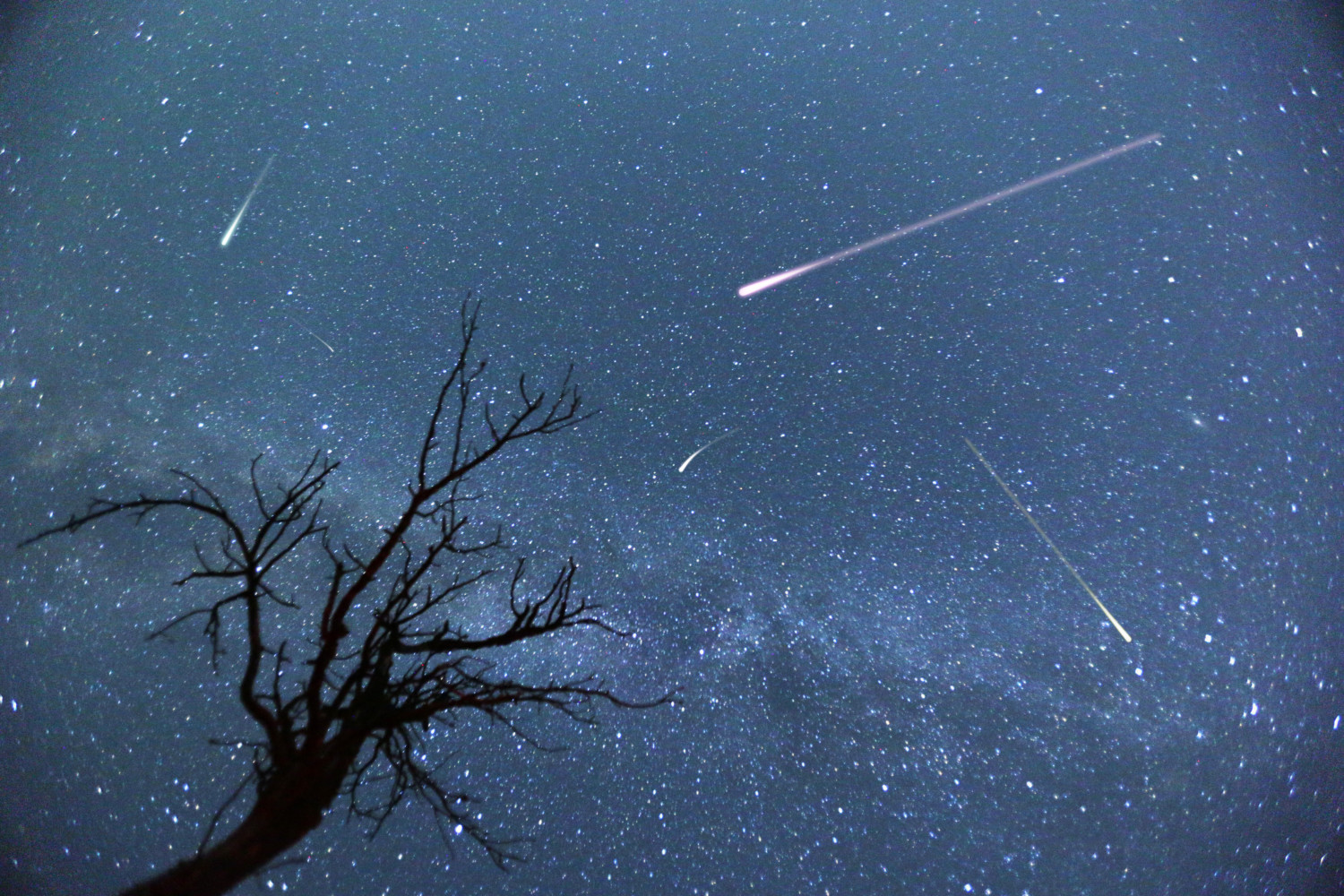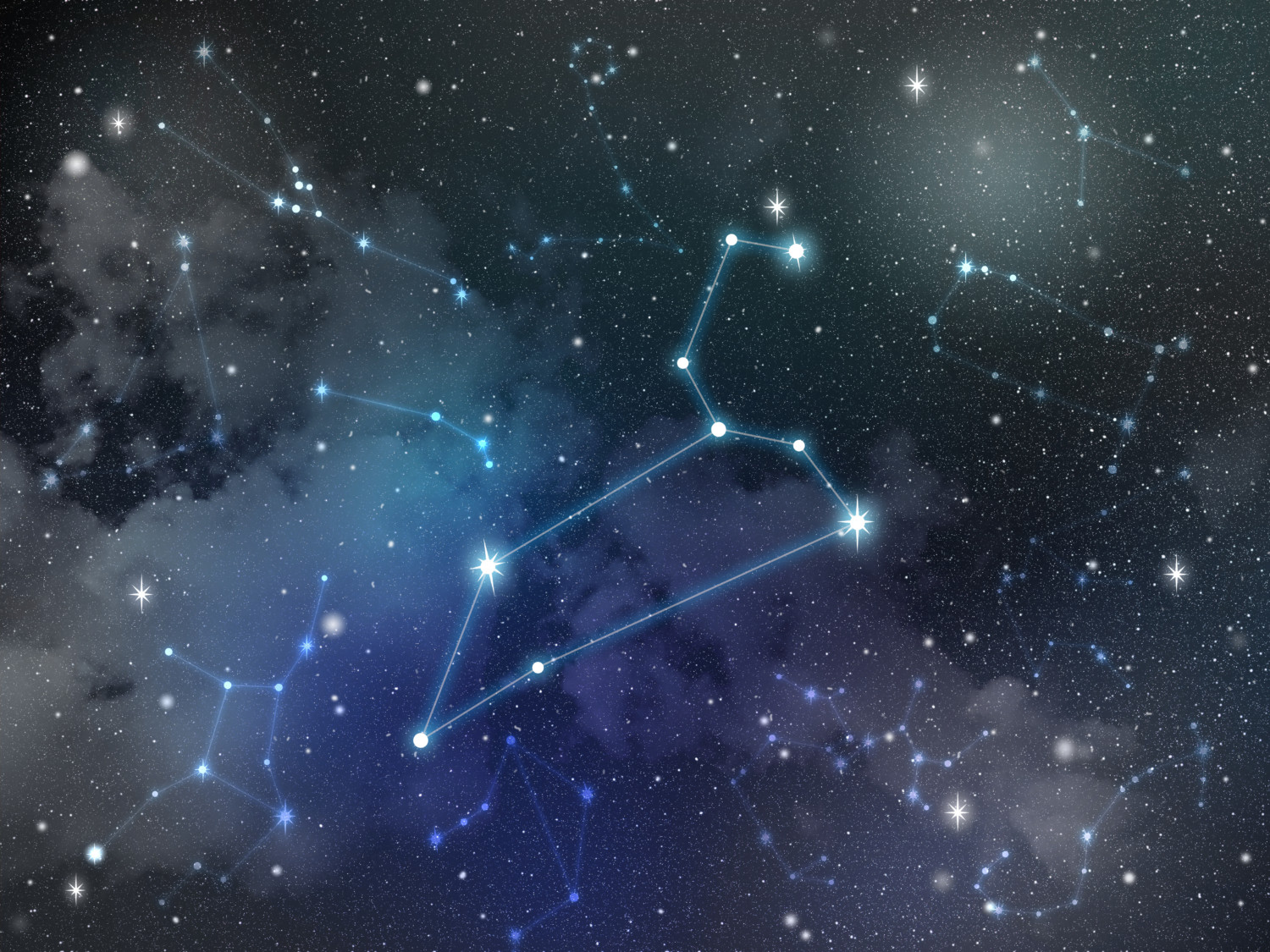The first half of November features the peaks of two different meteor showers – the Taurids and the Leonids.
Both meteor showers aren’t well known for a lot of meteor activity, but patient watchers should be able to spot anywhere between 5 and 15 meteors in an hour.
The Taurid meteor shower appears first, and the Leonids follow.
The Best Time To Watch The Taurid Meteor Shower
The Taurid meteor shower is technically two: the South Taurids and the North Taurids.
South Taurid meteors begin to fly across the night sky during the last week of September and last through mid-November, while North Taurid meteors are active from mid-October to the early days of December.
Observers have the best chance to see some of these slow-moving and sometimes bright meteors when the two overlap between Nov. 5 and 12.
To increase your chances of seeing one of these, find a dark place far from any city lights and look to the south near the Taurus constellation after midnight.
On average, observers can expect to see between 5 and 10 meteors every hour, and while that may seem low, experts are saying your patience will be rewarded.
According to EarthSky, this meteor shower puts on an exceptional show every seven years, and this year is the year to see a possible fireball display.

How To See The Leonid Meteor Shower
The Leonid meteor shower has a history of intermittent activity ranging from very little to shooting stars falling like rain.
In a typical year, however, observers can expect between 10 and 15 meteors every hour.
Leonid meteors begin to fall in early November and last through early December, with the peak occurring the night of Nov. 17.
To get a good view, look to the east late in the evening close to midnight when the constellation Leo rises over the horizon.

You’ll have a brief period of complete darkness before the moon rises in the early morning hours, making it more difficult to see any meteors streaking across the sky.
Meteor watchers have a lot of great opportunities to see some activity in the first half of November, as long as the skies are clear and you can find a dark place to watch.
Follow Meteorologist Jason Meyers on Twitter or watch one of his entertaining and educational YouTube videos.
This story originally appeared on Simplemost. Checkout Simplemost for additional stories.


